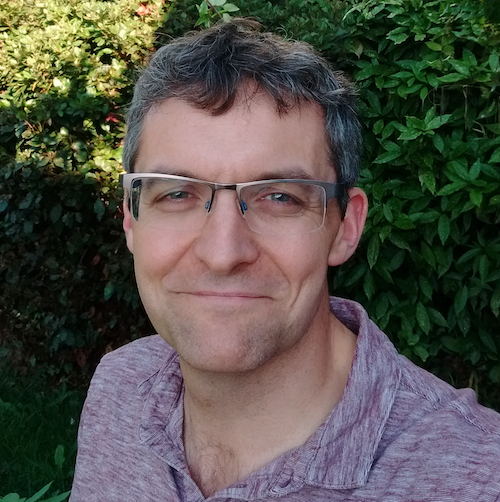We present our next generation machine learning system, IMPRESSION-G2, capable of predicting NMR parameters including chemical shifts and scalar coupling constants for a range of common non-metallic NMR active nuclei. Based on a neural network architecture, and trained on a dataset of DFT-predicted parameters for >10,000 3D chemical structures (>500,000 NMR parameters) it achieves accuracies comparable to the best quantum chemical methods, but can complete predictions in milliseconds per molecule rather than hours or days. Crucially it accounts for stereochemical and conformational effects, making rapid 3D structure elucidation and verification practical and robust. Limitations of the system at this stage include chemical space coverage i.e. how it deals with rare functional groups or 3D interactions, and the accuracy of the DFT method it is trained on – in particular prediction of parameters that are sensitive to experimental environment e.g. acidic protons, hydrogen-bond acceptor groups, etc. Methods by which these limitations can be addressed will be discussed.
Biography

Prof. Craig Butts (Bristol)
I am a Professor of Structural and Mechanistic Chemistry at the University of Bristol. During my PhD (University of Canterbury, New Zealand, 1993-96) with Professor Michael Hartshorn studying the photonitration of aromatics with tetranitromethane I developed a strong interest in both mechanistic determination and chemical structure elucidation and it is the latter of these which has driven my research interests since. While isolating and characterising well over 100 new compounds in two and a half years, I spent a great deal of time in the NMR and X-ray labs. A post-doctoral appointment in the research group of Professor Roger Alder exposed me to the ‘dark-side’ of chemical synthesis, preparing and characterising a range of increasingly unstable “stable” carbenes – finding the limits of stability as well as determining the details of their structure and properties was a challenge reliant on NMR spectroscopy and X-ray crystallography. I was appointed to Lectureships in Physical, and subsequently Organic, chemistry at the University of Exeter (1999-2005) where I developed interests in the application of Physical Organic methods to emerging chemical fields and in 2005 I moved to the University of Bristol and began to focus on NMR spectroscopy and computation with a real interest in extracting subtle structural and dynamic features of small molecules in solution. We have developed and applied high accuracy NOE-based distance measurements, along with quantitative NMR parameter prediction to elucidate conformation and stereochemistry in challenging structure elucidations, and most recently moved into machine learning which allows us to get quantum chemical accuracies in milliseconds rather than hours/days.




